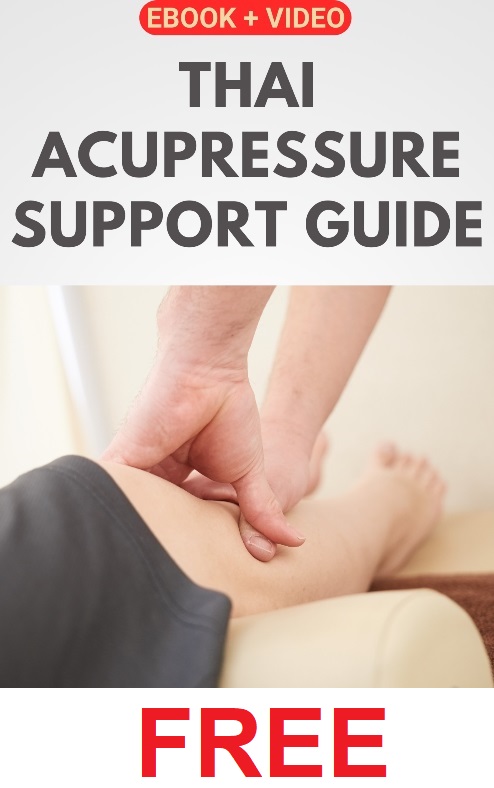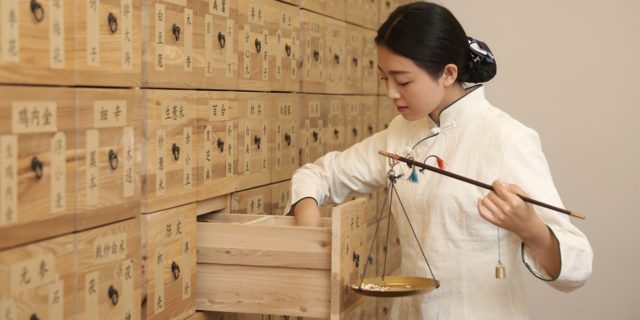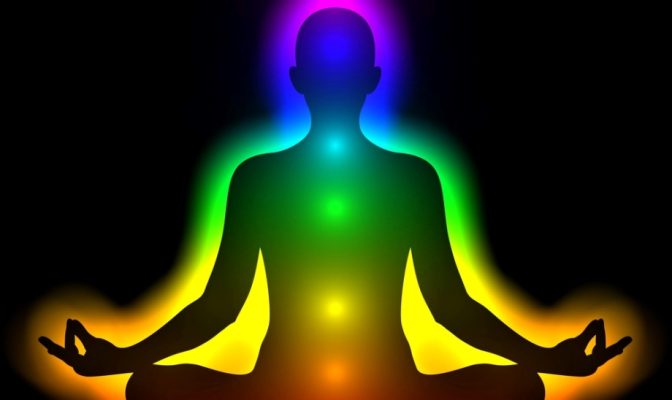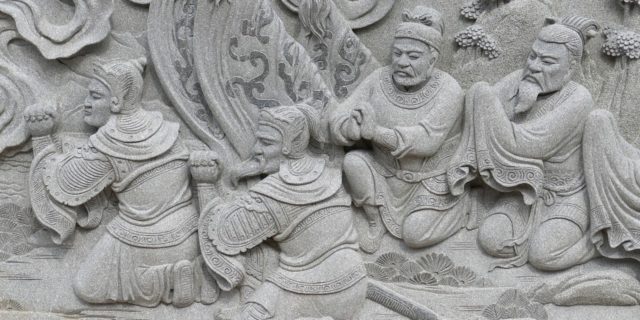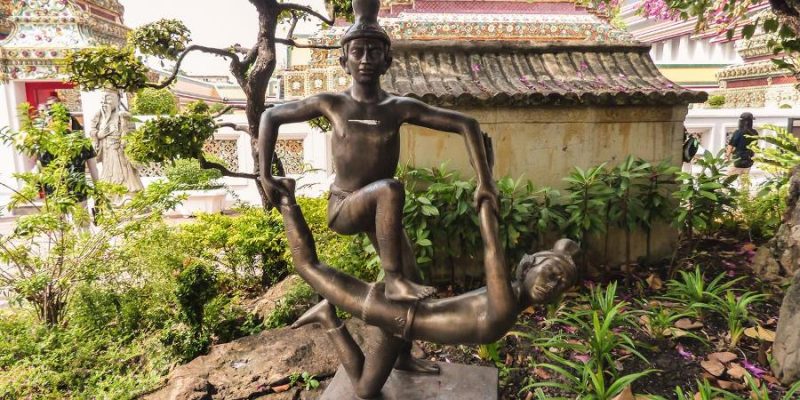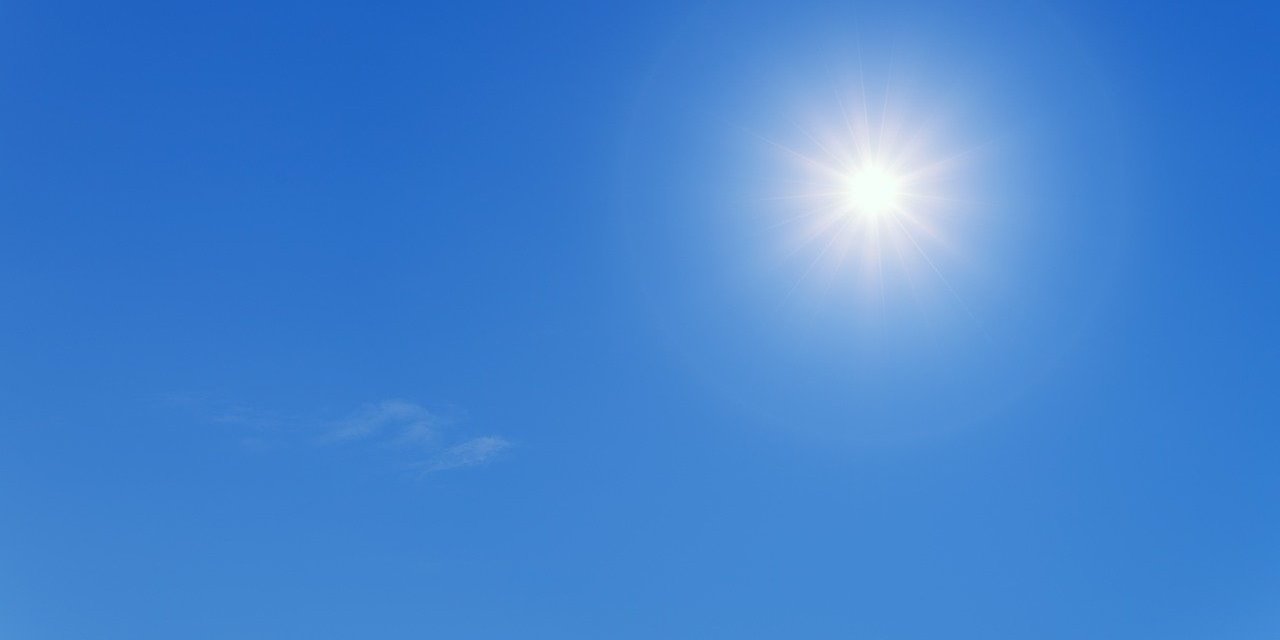
Qi or Chi is a Chinese term usually translated as Vital Life Energy (or Vital Life Force) and refers to “vital energy” circulating through our body. This energy, called Ki in Japan, doesn’t circulate randomly, but through well-defined Life Energy Channels called Meridians in China and Japan. Depending on the traditional medicine system, Life Energy Channels may have other names, such as the Sen Lines (Thailand), Tsa Lung (Tibet) or the Nadis (India).

In both China and Japan, Qi or Ki is thought to be the key Vital Life Force, part of any living being, permeating everything and everyone, and it’s the primordial underlying principle in Traditional Japanese and Traditional Chinese Medicine (TCM) and the Martial Arts.
It’s believed that Qi is a Life Force that is able to transform from energy to matter and vice versa in different grades of subtlety, being the great creator and great destroyer of all and everything. In a human being it’s not only the building block of the physical body, it also aids the movement of blood, lymph, nutrients, toxins, and nerve conduction, and it supports energy production and awareness (consciousness).
According to Chinese ideas, a strong and abundant Qi gives perfect health and vitality. Nevertheless, when getting older, Qi gets weaker automatically, and when it’s totally dissolved the body dies. Imbalance or blockages in our body or mind weakens our Qi, which eventually manifests as disease, either physically or psychologically, or both. So, it’s imperative to look after and cultivate our Qi on a daily basis to keep it strong and smoothly flowing.
We find this same Life Force principle in many other Asian civilizations, for instance, in India as the Yogic idea of Prana, and in Thailand as the concept of Lom Pran. Other definitions and designations for Qi are used also, like Universal Energy, which may include heat, light, and electromagnetic energy, or breath, air, gas, or the connection between matter, energy and spirit.
In various ancient cultures and traditional (healing) systems it’s commonly agreed on that Qi or Ki is absorbed by human beings via the air we breathe in, the food we consume, through the soles of the feet (when having barefoot contact with the soil), and through the entire skin through sunlight.
Notably in esoteric Taoism, it’s also thought that one can learn to absorb Chi (Qi) in additional ways, such as through the eyes, hair, fingertips and toes, and through the perineum.

In Chinese and Japanese culture, Qi (Ki) also has a relationship with Taoism (Daoism), in the sense that the Tao (Dao) is considered the source, pattern and substance of everything that exists.
The idea of health in TCM, and in other traditional systems that use the concept of Vital Life Force, is that Qi (Ki, Prana, or Lom) needs to flow freely through the body, in correct proportions and where needed, to prevent illness, and to both maintain and restore health.
Thus, most TCM treatments are based on “balancing Qi,” “cultivating Qi,” or unblocking the pathways (Qi Meridians or Qi Channels) that Qi uses to travel through our bodies. Hence, for instance, the existence of treatment modalities, with names like Qi Gong, Chi Nei Tsang, and Tai Chi.
Working with Qi or Ki is also of vital importance in many other traditional massage and bodywork systems, such as in traditional Thai Massage, Japanese Shiatsu, Yoga, and in contemporary Tantric massages.


